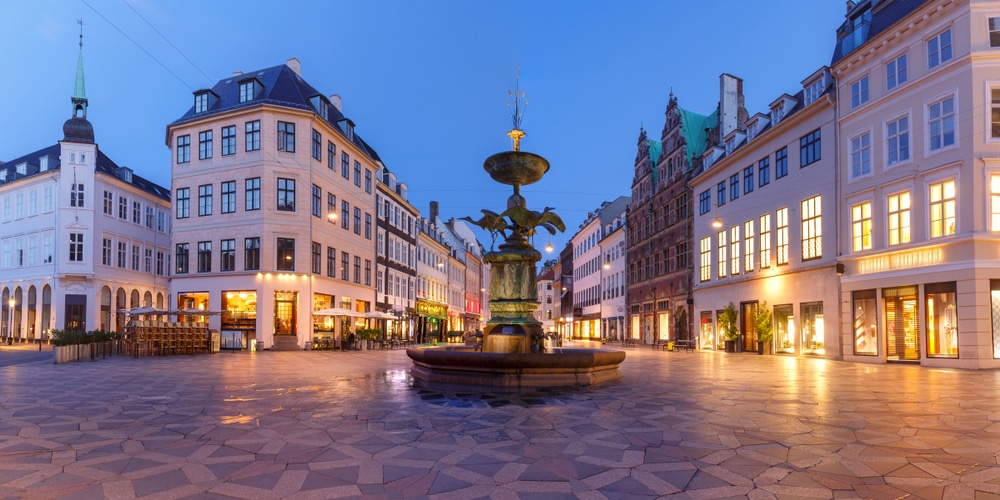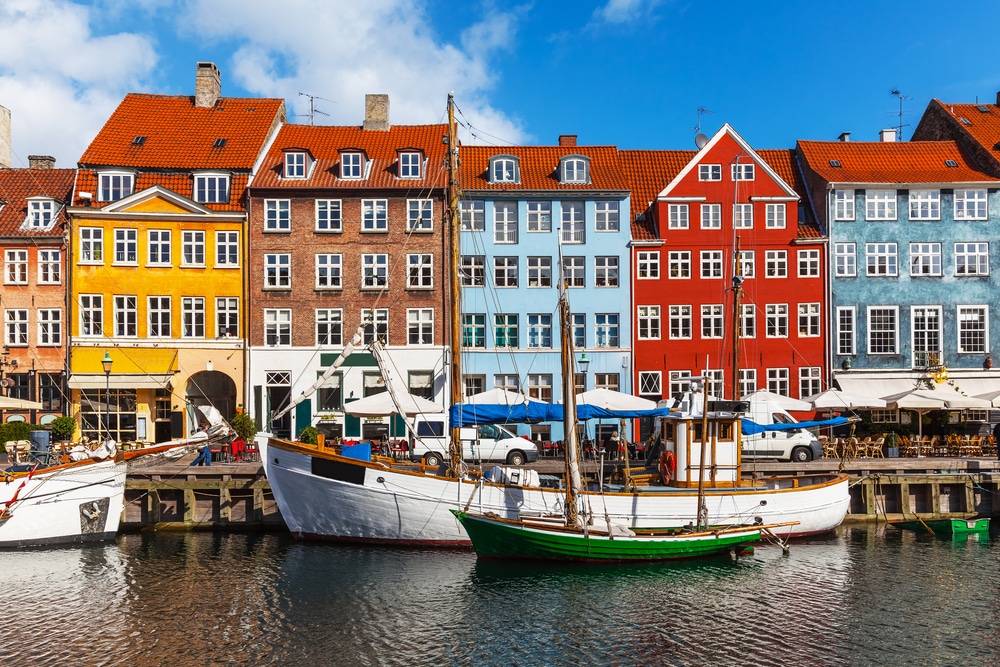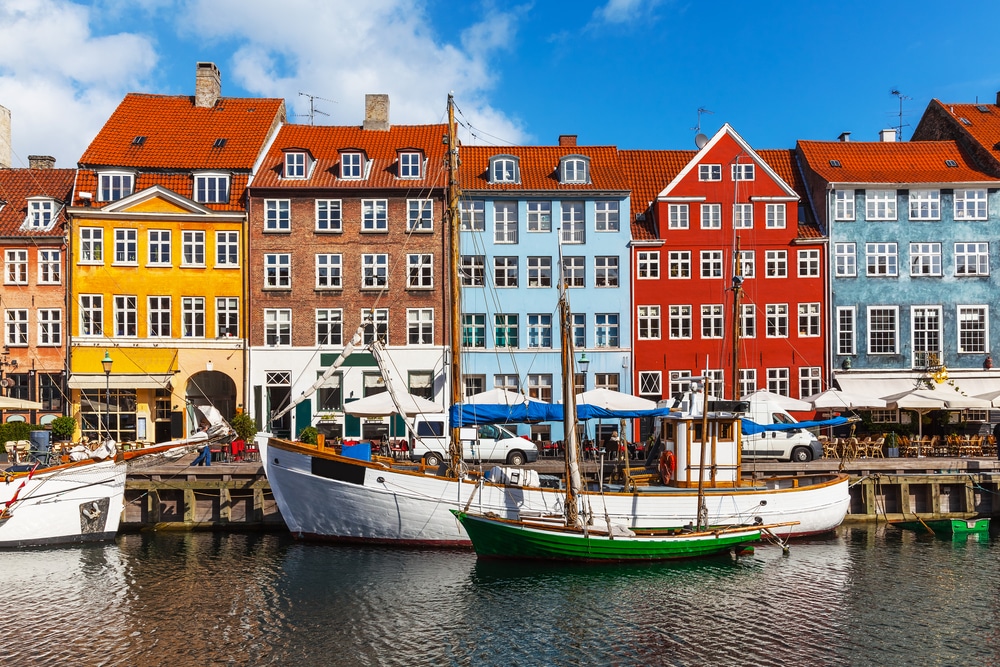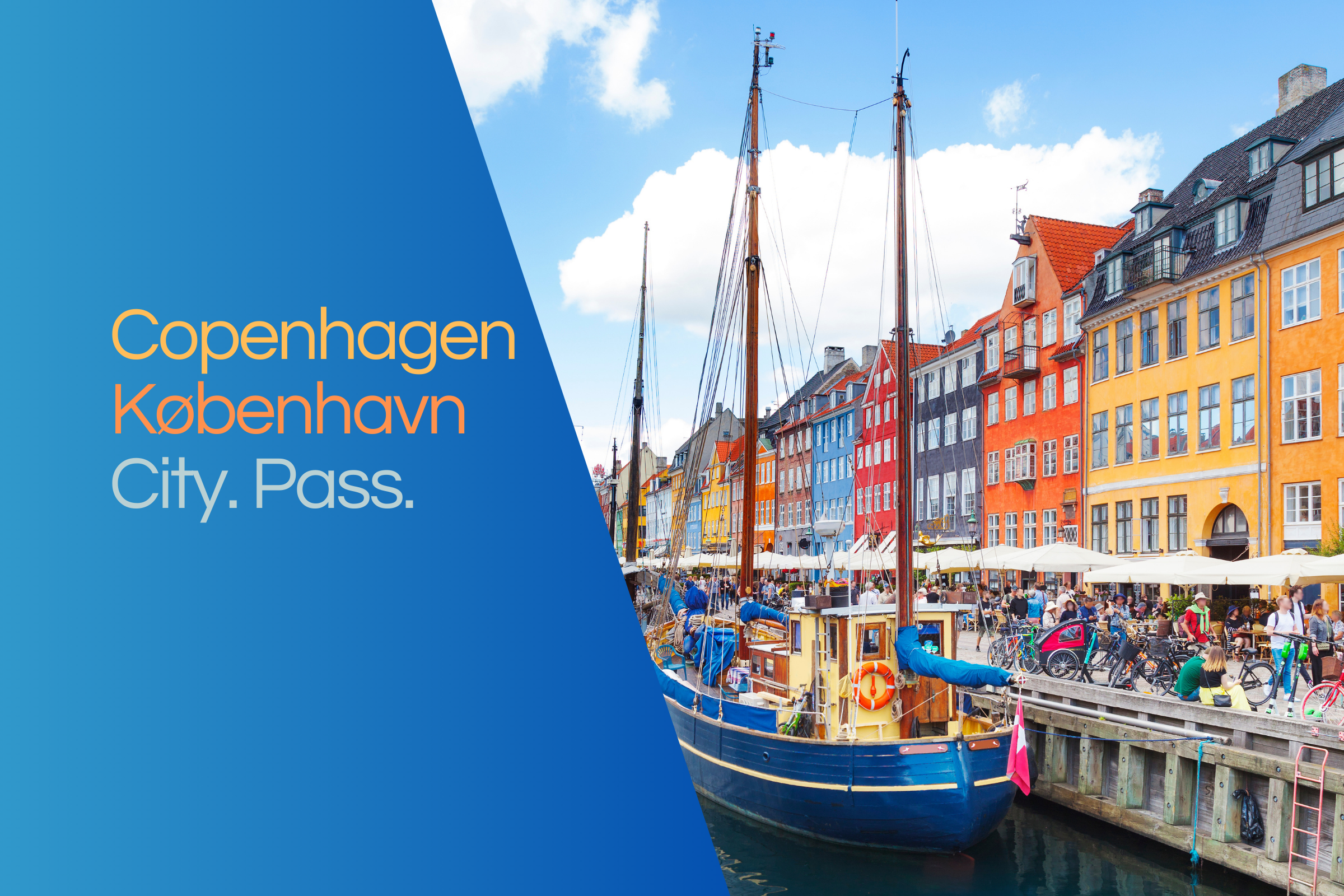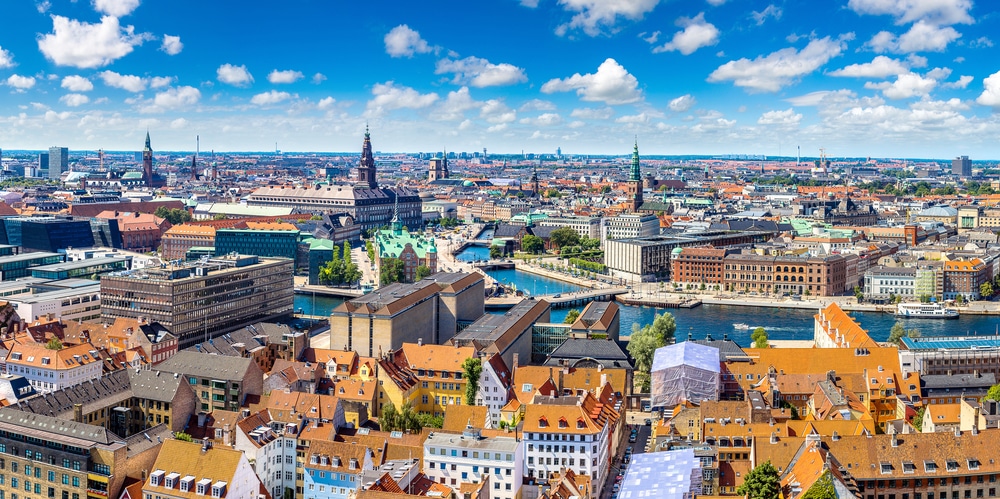- Home ›
- Denmark ›
- Copenhagen
Amagertorv is part of the pedestrian street Strøget in Copenhagen's Old Town and is considered the city's most central square. At the same time, it is the oldest intersection in Copenhagen after Gammeltorv, named after the Amager farmers who sold their produce here in the Middle Ages.
The central square is dominated by the Stork Fountain and surrounding buildings, some of which date from the early 17th century. In the opposite direction, Strøget leads to Kongens Nytorv as well as City Hall Square, to the northwest are Købmagergades and Nørreport station, and to the southeast are Højbro Plads Slotsholmen, Højbro Bridge, Christianshavn and Amager. Amagertorv was paved in 1993 by Bjørn Nørgaard with a pavement of pentagonal and five-coloured granite stones.
History of Amagertorv
The square dates back to the early Middle Ages. At that time Copenhagen was still called Havn and was a small fishing village, Amagertorv was the main corridor between the village and the beach. In 1449 the square was mentioned as a fish market, and since 1472 the name Amagertorv can be traced. From the 16th century onwards, festivals and jousting tournaments were held here, and at the same time Amagertorv remained Copenhagen's most important marketplace. From 1684 onwards, all the city's fresh produce was sold here, and as early as 1656 the square was home to Copenhagen's leading inn. However, most of the surrounding buildings fell victim to the Copenhagen fire of 1795, with only a few remaining. After the fire, the adjacent Højbro Plads were built. Market activities were moved to Christianshavn in 1868, and the Stork Fountain was finally built in 1894. It was a gift for the silver wedding anniversary of Crown Prince Frederik and his wife Louise. Since 1962, Amagertorv has been closed to motor vehicles, together with the pedestrian street Strøget.
Buildings at Amagertorv
At the west end of the square is Copenhagen's oldest church (Church of the Holy Spirit, founded in 1238 as a Franciscan monastery). The Mathias Hansen House was built in 1616 for Mathias Hansen, later mayor of Copenhagen, and displays typical Dutch Renaissance style with red brick and sandstone decoration, a copper roof and a Dutch gable. The copper drains bear dragon heads as ornaments. In 1898 Prof. Hans Jørgen Holm restored the building. Its gate is flanked by two cannon barrels. House no. 9 was completed in 1800, and the tobacco company W. Ø. Larsen currently runs a small pipe museum here. House No. 14 is the Ole Haslund House, its style is late 19th century historicism. House No. 29 is Klostergården (built in 1800), a former monastery whose original building was destroyed in the fire of 1795. House No. 33 is the Løve Apotek, which was built here in 1620 as Copenhagen's first pharmacy. The Illum department store has been located on Amagertorv since the 1890s.
